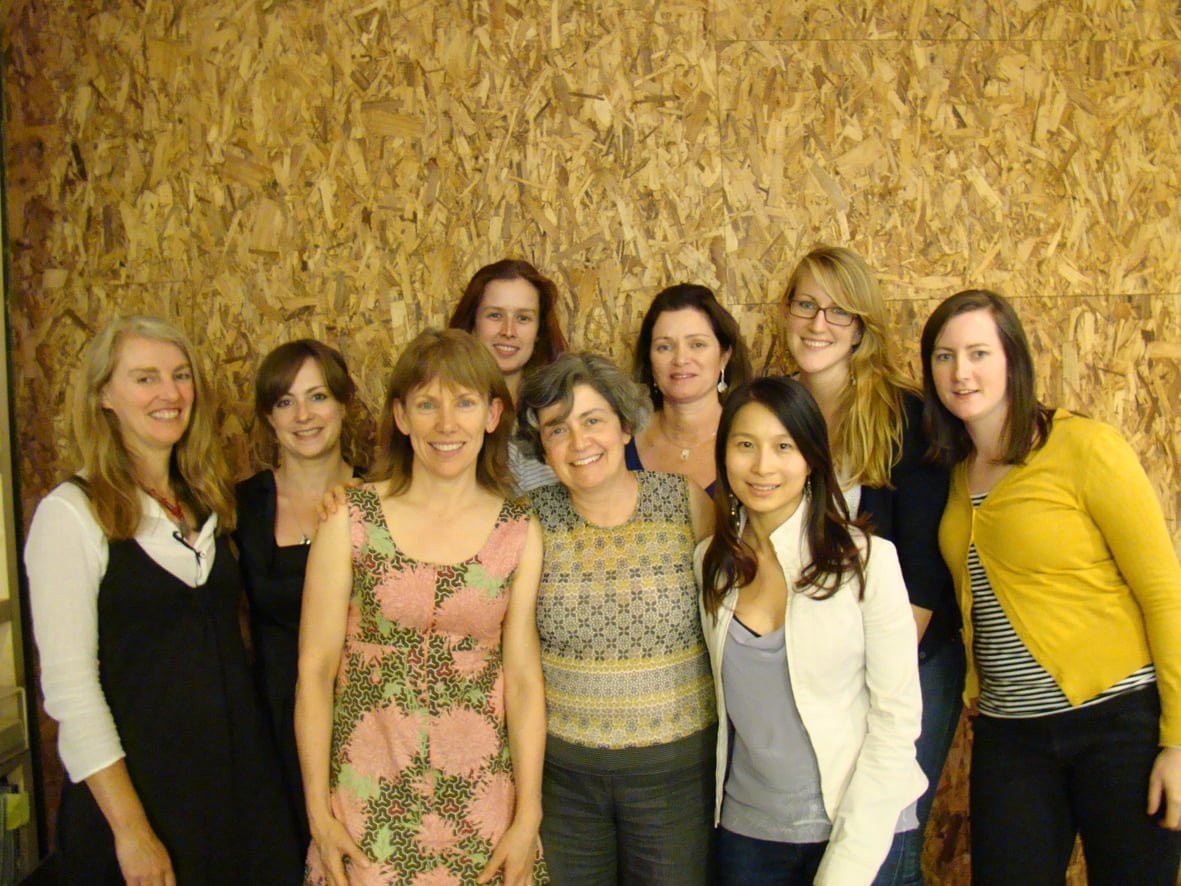Australian society seems to have forgotten to pick up the phone to the hundreds of women in architecture. Eli Giannini reflects on thirty years in practice, on how commissions are won and the role gender plays in this.
As I reflect on my thirty-year career in architecture, I wonder what I could have done better or perhaps differently. As I examine my prospects with the benefit of hindsight, I realise that opportunities for me and for other women architects – both within and outside the office – have not always been as equitable as I had imagined earlier in my career. Back in 1989 when I joined our office it was clear that it was a place that fostered diversity. Partners Rob McGauran and Mun Soon came from differing cultural backgrounds and the fact that they had sought two women to fill senior design positions, even though we were only just starting out, seemed encouraging. Over time our office has grown from six to thirty-six architects and allied professionals. The number of women has always equalled or exceeded that of men, but let’s delve further.
Commissions from government and private industry are the lifeblood of the office – winning work has allowed us to stay in business and to grow. The qualities that we know are necessary to get the work, often embodied in the office ‘rainmaker’, include experience, a gregarious personality, personal connections, ‘a gift for the gab’, design ability, good listening skills, good looks, a capacity for hard work, honesty and business acumen.
Are any of these qualities the exclusive province of one gender? No. Yet how many women architects regularly receive major commissions, in their own right, from governments or private industry? My guess is that a survey of short-listed architects across all public tenders in the country would find women directors of practices represented in less than 1% of tenders, let alone in winning commissions.
Australian society seems to have forgotten to pick up the phone to the hundreds of women who graduate from architecture schools every year, and to the many more already in business. This is a key factor affecting the ability of women to conduct businesses, achieve seniority and fulfil their professional potential. Why is women’s architectural work ignored (like so much of women’s artistic work has been in the past)?
Is it because, like legendary French designer and architect Charlotte Perriand, women architects haven’t been able to claim authorship of their own work? Why has the Australian Institute of Architects only awarded gold medals to two women (Brit Andresen in 2002 and Kerry Clare in 2010)?
Whatever the answers, the short of it is that women are not well represented well at the top of the profession.
I want to talk about what I see in my office. Commissions, as I said, are difficult to come by, especially now. It’s as tough out there as they say, but it’s not equally tough for the genders. I’d suggest that women are often disinclined to take on the onerous tasks required to win work, in part because our society does not divide domestic and child-rearing duties equitably. These personal matters can’t take second place – it’s much better for our society as a whole that they don’t – but why do women accommodate for this more often than men? This is a societal problem that needs fixing, for the sake of both genders.
In addition, bringing in the work seems more difficult for women. There are two possible reasons for this – firstly, their networks are often smaller, and secondly, neither private nor government institutions have made a commitment to recognising fair or affirmative practices when awarding commissions, though this will hopefully change if mandatory quotas are adopted.
It is easy to see why many women feel discouraged by the combative environment of the competitive tender, the building site and the boardroom, let alone the deadline-driven studio – all factors contributing to the big attrition numbers the survey identifies as a lack of professional seniority for women architects.
But back to commissions. For what it’s worth, for my part, I’ve decided to be more conscious of whom I’m picking up the phone to call. I can’t change who rings me, but I can at least decide whom I will call on for that photographic assignment, that engineering quote or that landscape collaboration on one of my projects. The ‘grass roots’ is where it all starts.





















